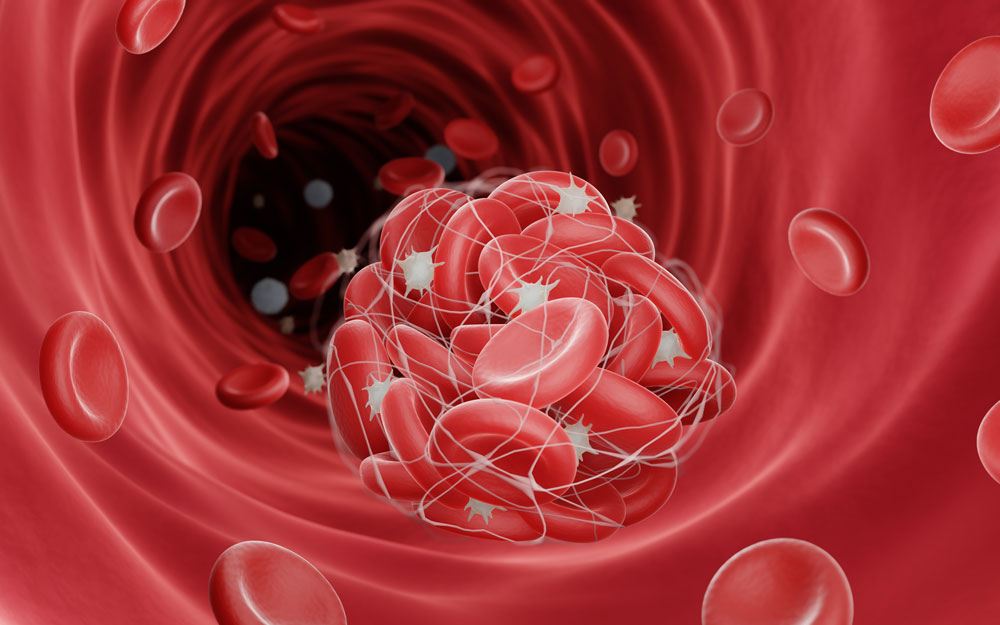
From pregnancy to menopause, certain life stages can raise clot risk. Here’s how to spot the signs, lower your risk and know when to seek care.
Most women may not think about blood clots day to day, but certain life stages like pregnancy, postpartum recovery, starting hormonal birth control or aging can raise the risk of developing them. Memorial Health System hematologist/ oncologist Dr. Vibha Mishra-Nicaud breaks down what women need to know and when they should seek care.

HOW ESTROGEN AFFECTS CLOT RISK
Estrogen shifts the body’s natural balance toward clot formation.
“Women are at increased risk for venous thromboembolism (VTE), or blood clots that form in the veins, during periods of increased estrogen exposure,” Dr. Mishra-Nicaud explains. “Estrogen stimulates the liver to produce more clotting proteins while reducing the levels of natural blood thinners. It also slows the body’s ability to break down clots once they form.”
THE DEGREE OF RISK DEPENDS ON THE SITUATION:
- Pregnancy raises the risk of VTE six to 10 times, especially in the third trimester and postpartum.
- Hormonal contraceptives increase the risk by about one-and-a-half to two-and-a-half times compared to baseline.
- Hormone replacement therapy (HRT) during menopause raises the risk two to four times, with oral forms posing more risk than patches or gels.
“Most women are safe to use oral contraceptives and HRT, but some women need special consideration if they have an underlying clotting disorder or have ever had a deep vein thrombosis or pulmonary embolism,” Dr. Mishra-Nicaud says.
“Every woman’s situation is different, and decisions should reflect both medical evidence and personal preferences.”
LIFESTYLE CHOICES THAT LOWER RISK
Some lifestyle factors also contribute to clot risk.
“Obesity, smoking, dehydration and prolonged inactivity can all raise the likelihood of clotting,” Mishra-Nicaud explains. “Good control of chronic health conditions like high blood pressure and diabetes can help lower the overall risk of clotting. Making these changes not only reduces the risk of blood clots but also supports overall health and wellbeing.”
SIMPLE STEPS MAKE A BIG DIFFERENCE:
- Maintain a healthy weight
- Quit smoking
- Stay hydrated
- Keep moving during long travel or recovery from surgery
WHEN TO SEEK SPECIALIZED CARE
In some cases, referral to a hematologist is important.
“Women should be referred for a clotting evaluation when there’s a personal history of unprovoked or recurrent VTE, a strong family history of clots or when patients at high risk for clots are considering pregnancy or estrogen therapy,” Dr. Mishra-Nicaud says.
KNOWLEDGE IS PREVENTION
Recognizing your risk and making informed choices can be lifesaving. Dr. Mishra-Nicaud adds.
“Early evaluation and preventive strategies in consultation with a hematologist can make a big difference,” she says. “A thoughtful, individualized approach helps avoid unnecessary testing and ensures that results are used meaningfully in guiding care.”
Awareness, healthy habits and open conversations with your healthcare team are powerful tools to protect your health.



